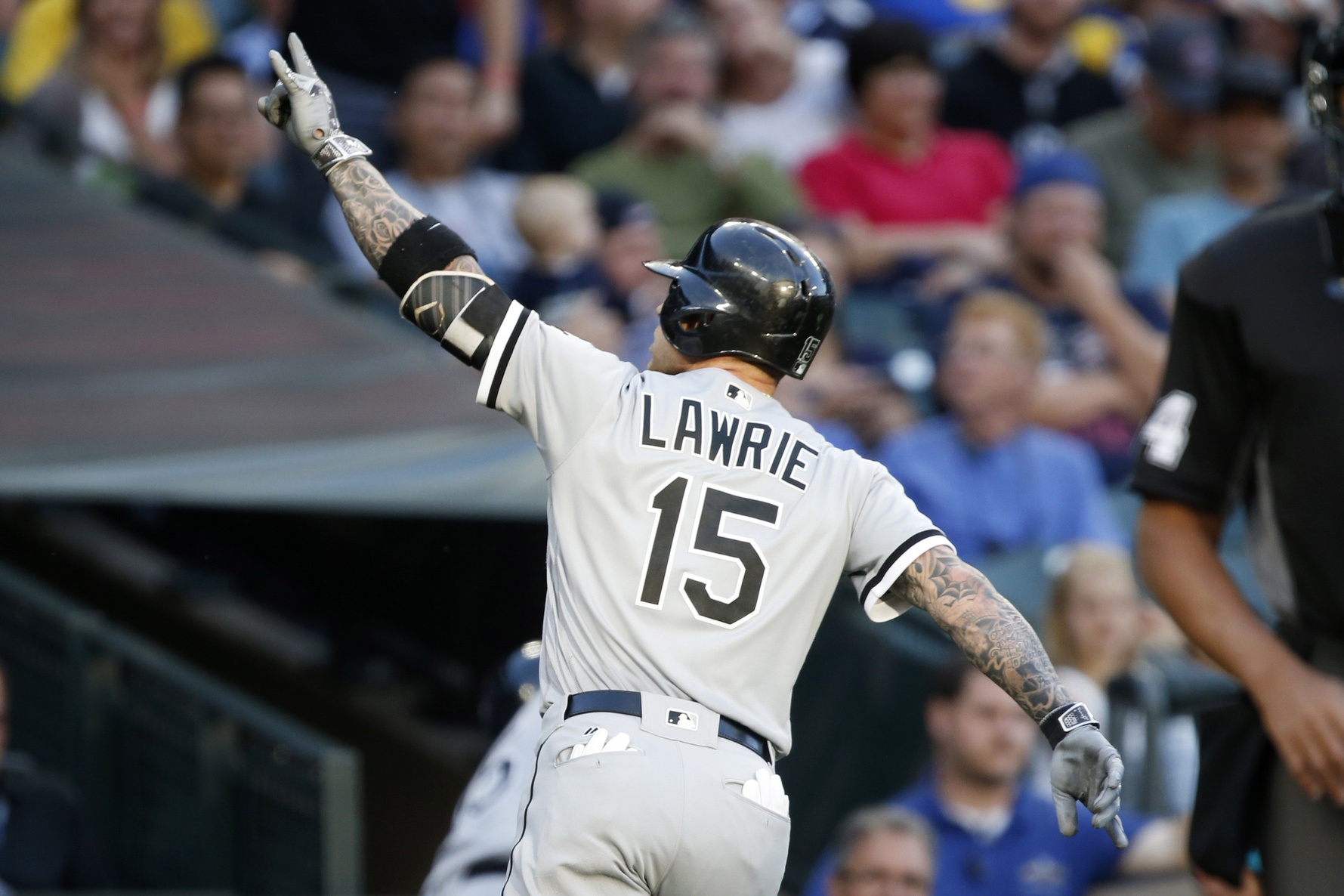As you have already heard, Brett Lawrie was released on Friday. If healthy, Lawrie represents a roughly league average bat that can be deployed with a plus glove at third or a below-average glove at second. Given that he was in his last year of arbitration and only cost $3.5 million, in a vacuum that’s an efficient use of resources. Unfortunately, out of five full seasons in the majors, Lawrie has only played more than 100 games three times, and has only cleared 130 games played once, so his on-the-field performance is not the only factor to consider, let alone whatever hope anyone might have held for Lawrie to reach whatever All-Star ceiling once envisioned for him.
In terms of the White Sox’ greater strategy, Rick Hahn pointed out that it made sense to tender Lawrie at the beginning of the winter as they had believed Todd Frazier was a likely candidate for a trade. Had that happened, Lawrie would have shifted over to his more natural position at the hot corner. Obviously, it didn’t, and Hahn cited a desire to free up playing time for Tyler Saladino and Yolmer Sanchez as part of the reasoning behind letting Lawrie go with the arrival of spring. Saladino has demonstrated an ability to contribute in the majors, which is not yet true of Sanchez. Leury Garcia is also coming off of a good 2016 in Charlotte and has gotten off to a hot start in Spring Training. The White Sox are likely interested to see if there is anything there as well, and may wind up needing his ability to cover in center more than they needed another option to cover second and third. It may also be the case that Lawrie still hasn’t recovered from injuries that cost him almost half of 2016, although that’s (reasonable) speculation at this point.
Some excited onlookers have interpreted Lawrie’s release to mean that the Yoan Moncada Era has commenced earlier than expected. While Tim Anderson arrived earlier than most would have predicted last season, that was in the context of a team that was trying to win immediately, had gotten off to a great start, and had a huge need at shortstop. Here, the White Sox don’t have any reason to rush Moncada, either from a gaming service time perspective, or from the perspective of 2017 wins and losses.
Moreover, Moncada still has not had 250 plate appearances above High-A, so the White Sox would not even be raising the appearance of impropriety by starting him in the minors to give him time to iron out any wrinkles in his defensive game or in terms of making contact against pitchers with higher level command. Moncada has hardly been left to stagnate at levels where he has nothing left to prove, and Lawrie’s presence or absence doesn’t change that reality.
One possibility is that Moncada destroys the high minors to the point where his promotion is the only choice, and the release of Lawrie does help clear an obstacle to his arrival in that sense–it’s easier to do this now than in-season. But in the meantime, they can also find out whether Sanchez or Garcia have anything to offer moving forward or can make visible progress against major league pitching with regular playing time, which is the type of sorting and evaluating expedition that rebuilding teams have the “luxury” of conducting. And if Moncada struggles initially in Birmingham or Charlotte, there are still plenty of bodies to cover the infield.
Lead Image Credit: Joe Nicholson // USA Today Sports Images
